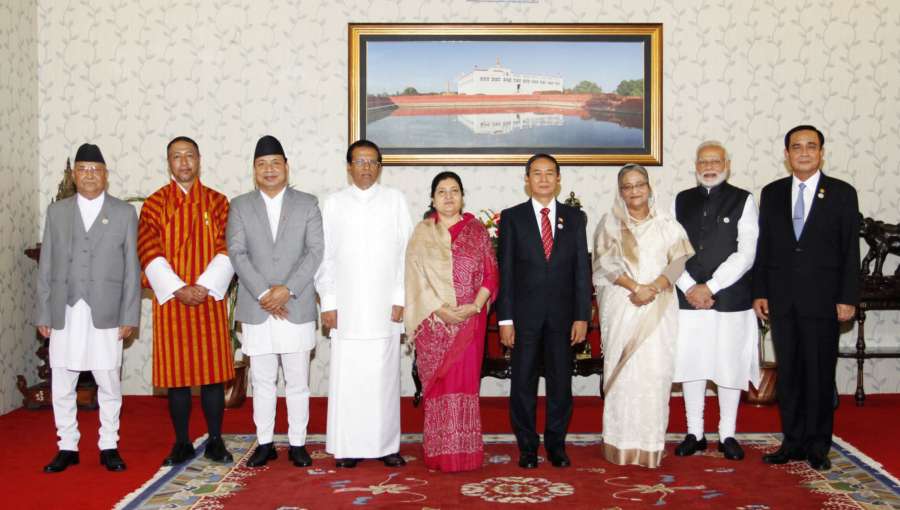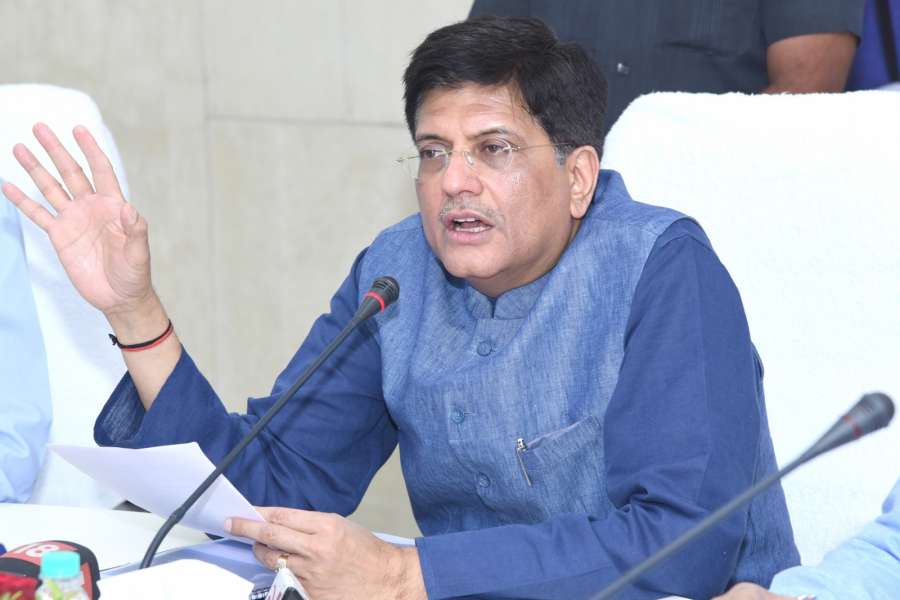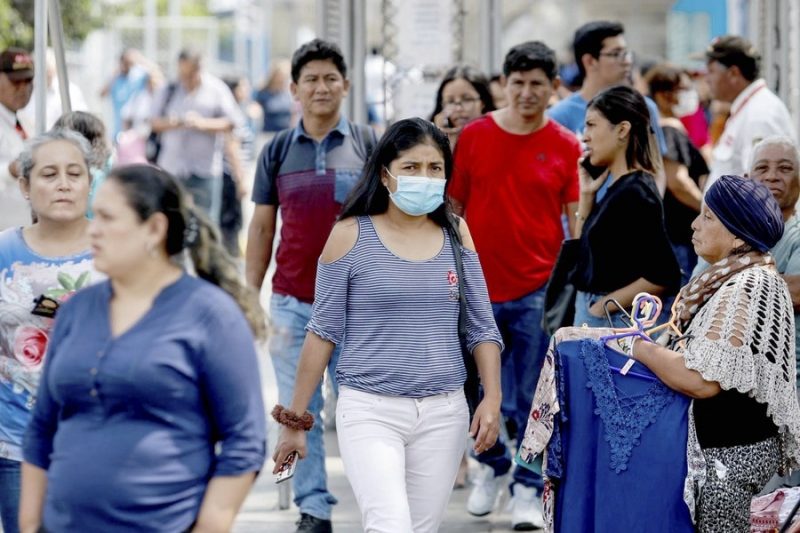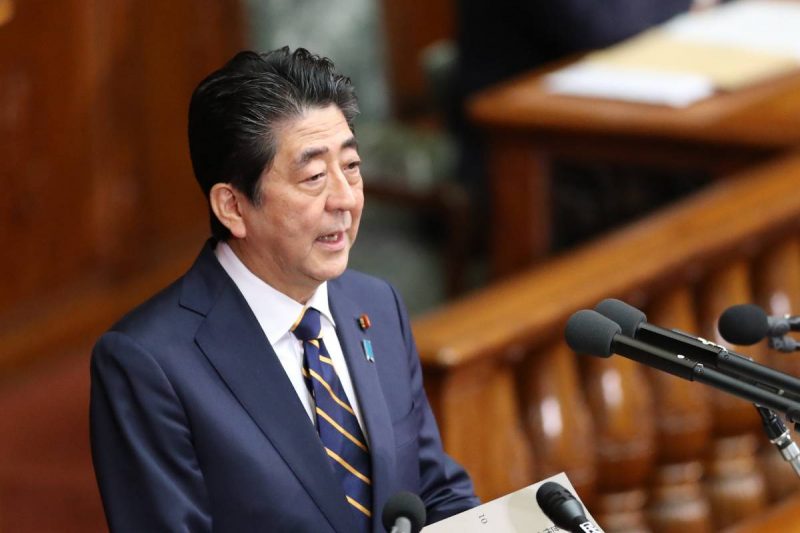
Experts and economists say that the BBIN ((Bangladesh, Bhutan, India, Nepal) sub-region can reduce poverty and ensure stability through trade and connectivity. Addressing a seminar on a digital platform on Tuesday, several experts and economists stressed infrastructure connectivity initiatives for the BBIN.
Duncan Overfield, Asia regional team deputy head of the Department for International Development (DfID) of the UK, said in the post-Covid world connectivity needs would have to be looked at more holistically, not just as the physical infrastructure.
“Bio-security should become an integral part of the cross-border trade. Going forward, ‘safe trade’ initiatives should be undertaken to balance the economic and health needs of grassroots people associated with this trade,” he said.
According to Kuancheng Huang, senior transport specialist of the Asian Development Bank, greater and high-quality connectivity among economies is a pre-condition of the ADB’s operational priorities, such as reducing poverty and enhancing gender equality. “With right emphasis on connectivity, we expect the BBIN to grow further to improve the quality of life,” he said.

As part of the ADB’s South Asian sub-regional economic cooperation initiative, trade and transport infrastructure was being developed in all these countries to enable them to trade in a cost-effective manner, he said and added, the geographical location would help them access global value chains in an efficient manner.
The discussion was supported by the ADB, the DfID, Bangladesh’s leading NGO Unnayan Shamannay, the Nepal Economic Forum, the Bhutan Media and Communications Institute and the CUTS International, a Jaipur-based think-tank and NGO.
CUTS International Secretary General Pradeep Mehta said the Covid-induced supply-side shocks could spill over the demand-side, causing large-scale unemployment and associated developmental challenges.
“Eastern South Asian countries, like Bangladesh, Bhutan, India and Nepal, are particularly vulnerable as they are yet to experience the peak of the pandemic. The need of the hour is large-scale job creation and focus on infrastructure development. The present state of connectivity in the BBIN sub-region and the future need of its multi-modal connectivity are to be looked at in this context,” he said.

Mehta said the signing of the BBIN Motor Vehicles Agreement in 2015 was instrumental in shaping a consensus for creating an enabling environment for seamless connectivity.
Making a presentation, CUTS International Executive Director Bipul Chatterjee defined the scope for land-locked countries, like Nepal and Bhutan, to increase access to the sea by integrating with and developing inter-modal and multi-modal infrastructure.
He underlined the importance of the India-Bangladesh Coastal Shipping Agreement and the protocol on inland water transit and trade.
Proposing an alternate route to the ‘Chicken’s Neck’ corridor that links the northeast with the mainland, Chatterjee said the new route via Bangladesh would make the northeast more secure in terms of traditional as well as non-traditional security.
“The multi-modal connectivity would identify investment opportunities for fostering development. It will also help explore initiatives that can be leveraged to strengthen transport and trade links between South and Southeast Asia, which is essential for creating new hubs for global value chains,” Chatterjee said.









